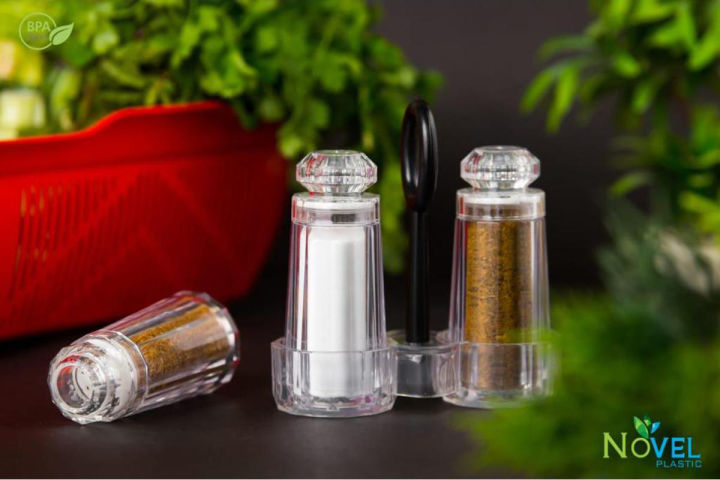Pepper and salt are culinary staples found in kitchens around the globe, https://pepperandsalt.kz/specii yet their simple, humble nature belies their profound impact on flavor and cuisine. These two seasonings have a storied history and a fascinating place in the culinary world that extends far beyond their role as mere table condiments.
A Culinary Power Couple
Pepper and salt have been partners in the culinary world for centuries, enhancing dishes with their distinct flavors. Salt, the more ancient of the two, has been used since the dawn of civilization. Its ability to preserve food made it a valuable commodity in ancient societies, from Egypt to Rome. Salt was even used as a form of currency, highlighting its importance.
Pepper, on the other hand, has a storied past as well. Originating from the Malabar Coast of India, peppercorns were highly prized by ancient Greeks and Romans. The spice trade brought pepper to Europe, where it was so valuable that it was often referred to as “black gold.” Its rich, spicy notes complemented a wide array of dishes and made it a staple in medieval European kitchens.
The Science of Flavor
The magic of pepper and salt lies in their ability to enhance and balance flavors. Salt works by intensifying the natural flavors of foods, making sweet, sour, and bitter notes more pronounced. It also helps to balance the overall flavor profile of a dish, making it less likely to be flat or bland.
Pepper adds a layer of complexity with its pungent, slightly spicy kick. Its active compound, piperine, interacts with taste receptors to create a warm, spicy sensation. The subtle heat of pepper can elevate the flavor profile of a dish, making it more dynamic and interesting.
Beyond the Basics: Unique Uses
While pepper and salt are often seen as basic seasonings, their versatility extends far beyond simple table use. In the realm of gourmet cooking, chefs experiment with various types of salts and peppers to achieve different effects.
Salt Variations: Sea salt, Himalayan pink salt, and fleur de sel each offer unique textures and flavors. Sea salt, harvested from evaporated seawater, can have a range of textures and mineral flavors. Himalayan pink salt, with its distinctive color, adds a mild, mineral taste. Fleur de sel, a hand-harvested salt from France, has a delicate texture and is often used as a finishing touch.
Peppercorn Varieties: Black, white, green, and red peppercorns come from the same plant but are harvested at different stages of ripeness and processed differently. Black peppercorns are fully mature and dried, offering a bold, pungent flavor. White peppercorns, with their milder taste, are often used in light-colored dishes where black specks would be undesirable. Green peppercorns are picked before they ripen and have a fresh, tangy flavor, while red peppercorns are fully ripened and have a sweet, fruity note.
Cultural Significance
The significance of pepper and salt extends into cultural practices and traditions. In some cultures, salt is considered a symbol of hospitality and is used in rituals to ward off evil spirits. Pepper, with its historic value, is often referenced in literature and folklore as a symbol of wealth and prosperity.
In modern culinary trends, both pepper and salt continue to play a crucial role. From artisanal salts and exotic pepper blends to the simple pleasure of freshly ground pepper on a perfectly cooked steak, these seasonings remain integral to the art of cooking.
Conclusion
Pepper and salt are much more than simple seasonings. Their history, versatility, and impact on flavor make them integral to the culinary world. Whether used in traditional dishes or contemporary gourmet creations, they bring depth, balance, and a touch of magic to every meal. So next time you sprinkle a bit of salt or grind some pepper, take a moment to appreciate the rich history and complex flavors they bring to your table.

